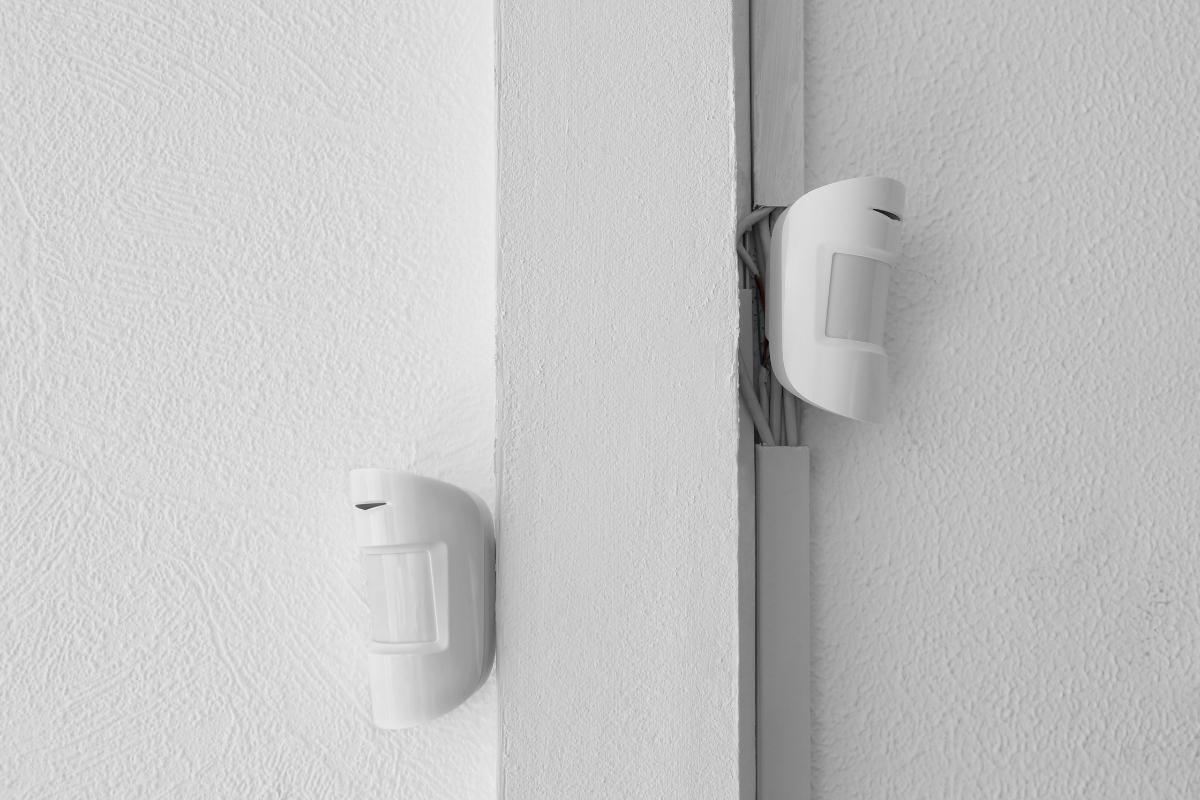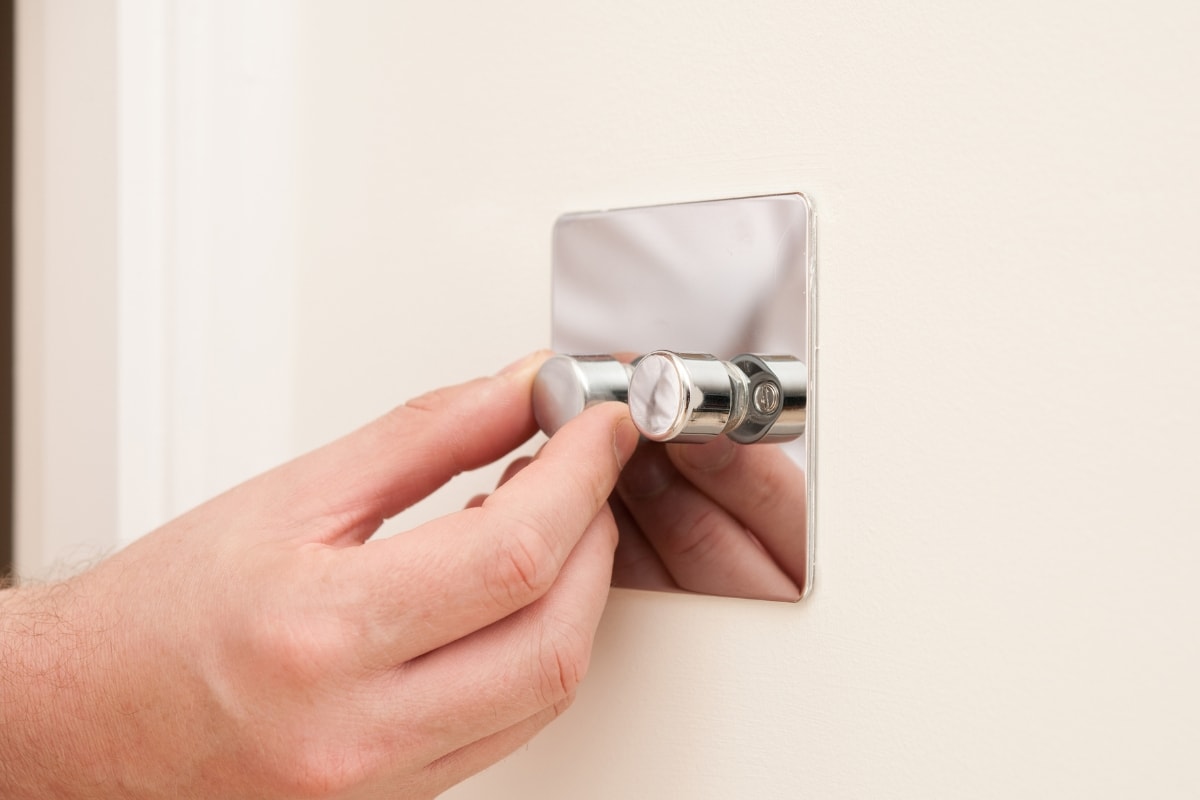What Is Ultrasonic
Ultrasonic technology utilizes high-frequency sound waves that are above the range of human hearing, typically exceeding 20,000 hertz (Hz). This technology finds applications in the lighting industry, including occupancy sensors and cleaning processes.
Ultrasonic Sensors for Distance Measurement
Ultrasonic sensors are instruments that measure the distance to an object by emitting high-frequency sound waves and calculating the time it takes for the waves to bounce back after hitting the object. These sensors employ a transducer to send and receive ultrasonic pulses, which provide information about an object’s proximity. By analyzing the echo patterns created when the sound waves reflect from boundaries, ultrasonic sensors can determine the presence or absence of an object.
Ultrasonic Sensors as Occupancy Sensors
In the lighting industry, ultrasonic sensors are commonly used as occupancy sensors. These sensors continuously emit ultrasonic waves and analyze the reflected waves to detect movement and occupancy. When there is a noticeable change in distance, it indicates the presence of an object passing in front of the sensor. For example, if an ultrasonic sensor is pointed at a door, it will consistently measure the same distance. When someone walks by, the distance received by the sensor will change, indicating movement.
Ultrasonic Technology in Cleaning Processes
Ultrasonic technology is also employed in cleaning processes, such as ultrasonic cleaners. These cleaners use high-frequency sound waves to generate small bubbles in a liquid cleaning solution. The rapid collapse of these bubbles creates a scrubbing action that effectively removes dirt, grease, and other contaminants from surfaces. In the lighting industry, ultrasonic cleaning is particularly useful for cleaning delicate lighting fixtures, including chandeliers and intricate lamp shades, as it can access hard-to-reach areas that are challenging to clean manually.
Frequently Asked Questions
Is Ultrasonic the Same as Infrared
Ultrasonic sensors utilize sound waves, known as echolocation, to calculate the distance between an object and the sensor. In contrast, IR sensors rely on Infrared light to detect the presence or absence of an object. These sensors also vary in terms of accuracy and reliability, making them distinct from each other.
Do Ultrasonic Sensors Work in the Dark
Ultrasonic sensors can be used in dark environments as they are not affected by the absence of light or cameras, unlike proximity sensors.
Can Ultrasonic Sensor Detect Motion
Ultrasonic motion detectors are electrical devices that utilize high-frequency sound waves, known as ultrasound, to detect motion. These detectors consist of a transmitter that emits sound waves at a frequency that is typically inaudible to the human ear.
Can Ultrasonic Go Through Walls
Ultrasonic waves, similar to light waves, have properties that make them different from traditional sound waves. While music from a stereo can fill an entire house, ultrasound is unable to pass through solid surfaces such as walls, floors, and ceilings, or navigate around corners.
Does Ultrasonic Go Through Windows
Ultrasonic sound waves have limited ability to pass through solid objects. This includes objects like glass doors and windows.
What Triggers Ultrasonic Sensor
An ultrasonic sensor triggers when it emits a sound pulse in the ultrasonic range. This sound pulse travels through the air at the speed of sound (approximately 344 meters per second) until it reaches an object. The pulse then reflects off the object and returns to the sensor as an “echo.”
Can Ultrasonic Sensor Detect Small Objects
Ultrasonic sensors are capable of reliably detecting even the smallest objects, including those that are glossy or transparent. They have a high resolution, which contributes to their ability to ensure a high quality of detection. These sensors are known for their flexibility and reliability, making them suitable for a wide range of applications.
Can Ultrasonic Damage Electronics
Fortunately, ultrasonics do not damage electronics. The vibration used in ultrasonics does not harm the delicate solder joints found in electronics. Instead, ultrasonic cleaners function by generating and repeatedly collapsing small bubbles.








